Tag: Site Configuration
-
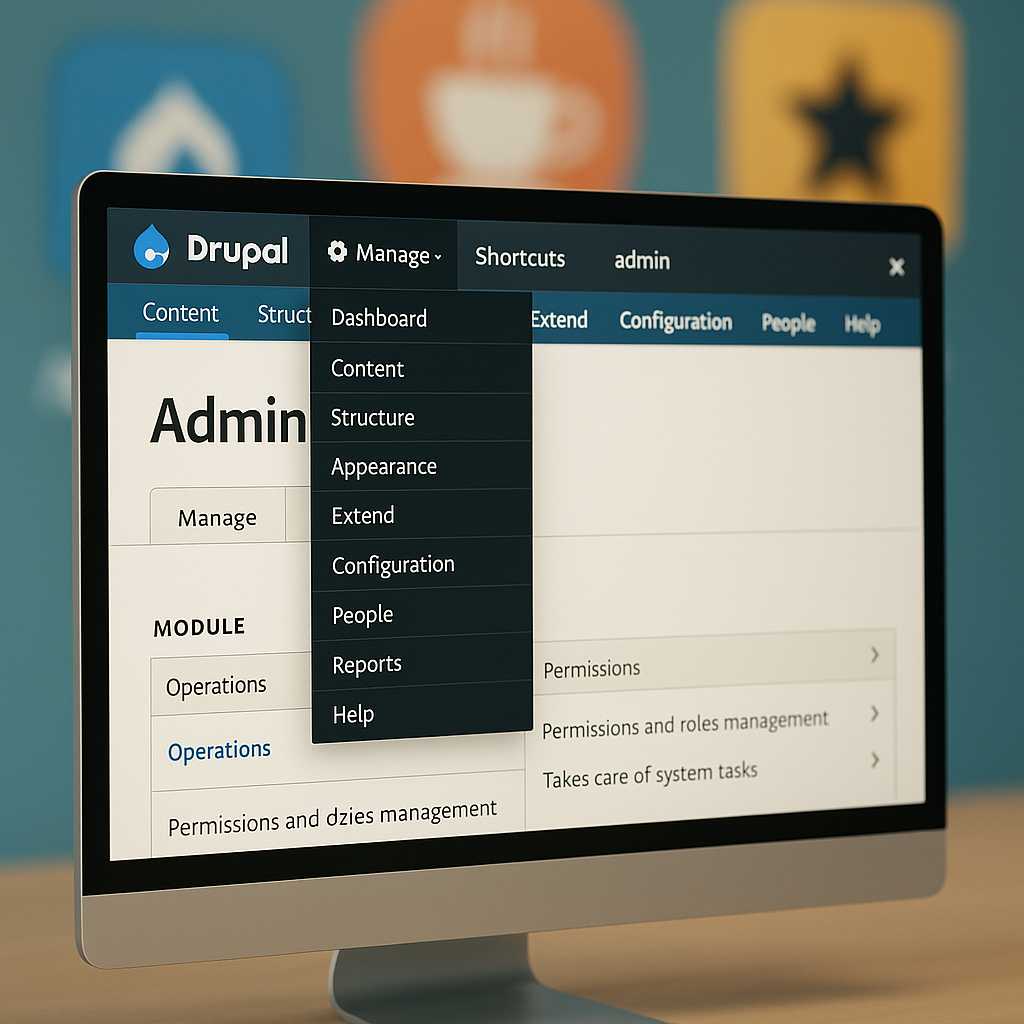
Customizing the Drupal Admin UI with Admin Toolbar and Beyond
As a Drupal developer, one of my favorite tricks to improve both my workflow and my clients’ satisfaction is refining the Drupal admin interface. While Drupal’s default admin backend is powerful, it can be overwhelming—or a bit inefficient—out of the box. Today, I’ll walk you through practical enhancements you can make to the admin UI,…
-

Securing Your WordPress Site: Essential Practices for Modern Sites
As a web developer who has seen countless WordPress installs over the past decade, I can tell you that site security remains one of the most crucial and yet sometimes overlooked aspects of WordPress management. Whether you’re building a personal blog, an e-commerce platform, or a network of sites, a proactive approach to security goes…
-
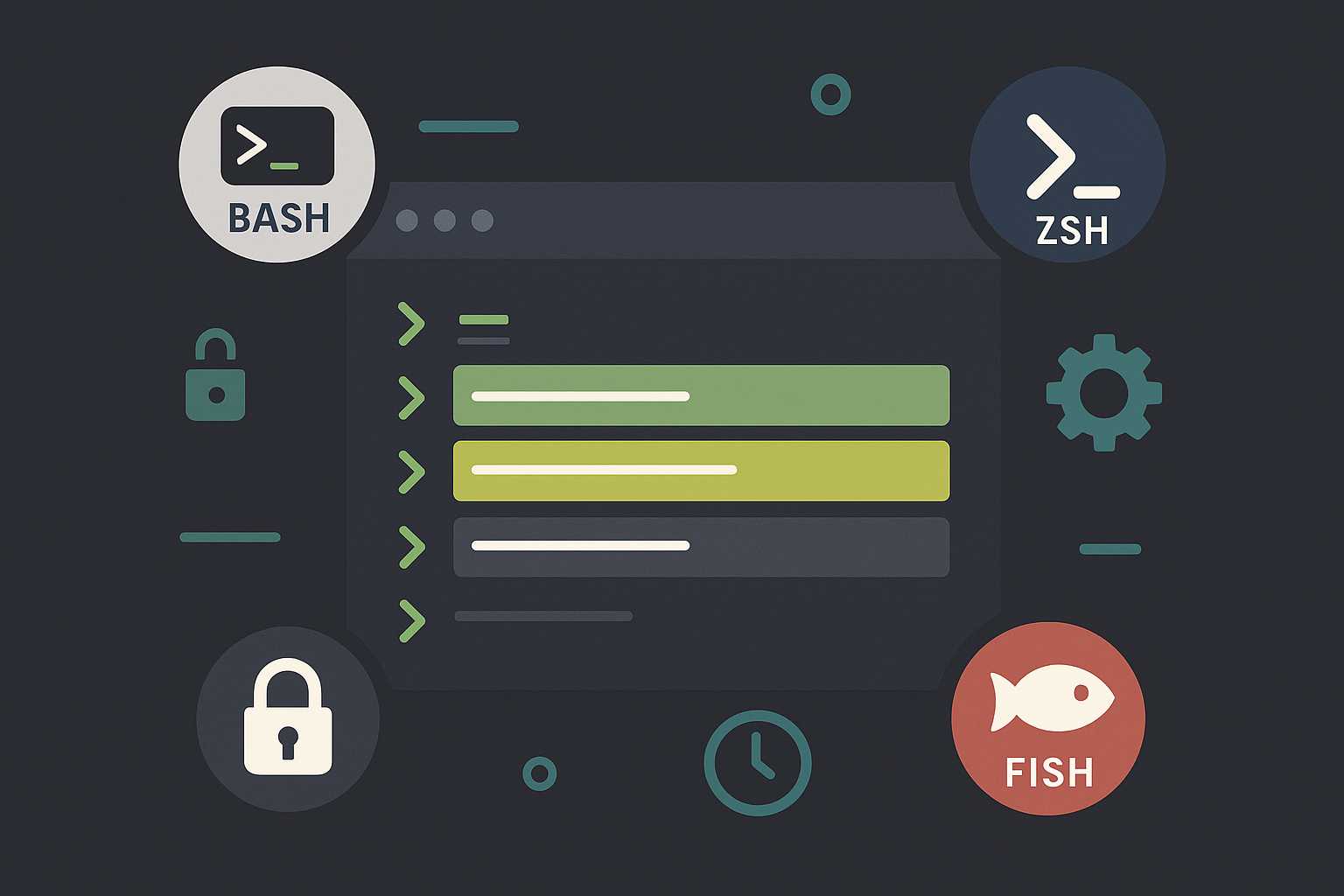
Managing Shell History in Unix: Bash and Beyond
On Linux servers, the command line is king—and as you work in a Unix environment, your command history becomes an invaluable asset. Yet, many sysadmins and developers aren’t aware of the subtle (and not-so-subtle) differences in how shells like Bash, Zsh, and others manage their history files. This article explores how history management works across…
-

Streamlining Content Workflows with WordPress Custom Post Types
As a web developer specializing in WordPress, one question I encounter often from content teams and site administrators is, "How can we better manage and organize different types of content on our WordPress site?" While posts and pages form the backbone of most WordPress installs, the platform’s real power emerges when you harness Custom Post…
-
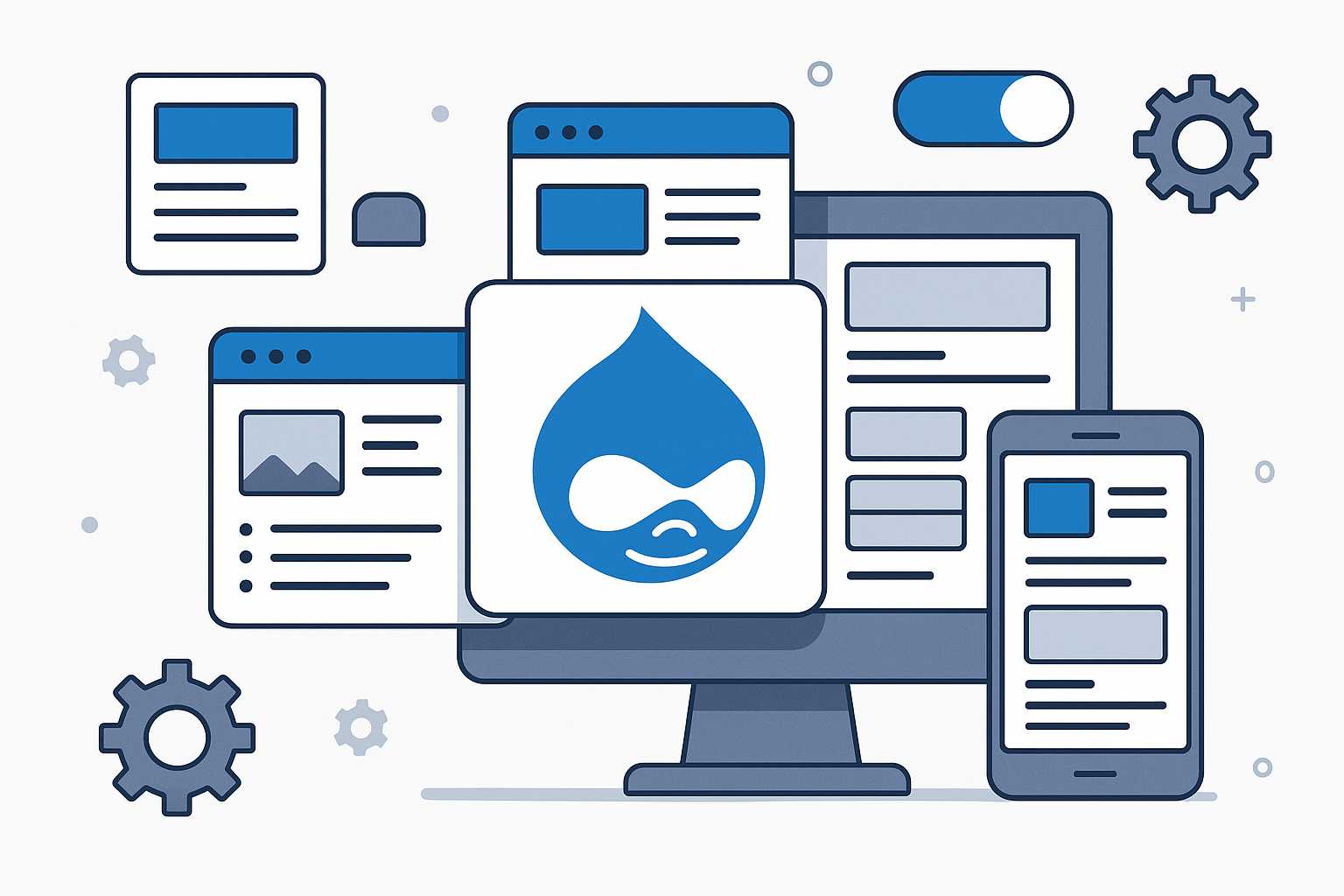
Leveraging View Modes for Flexible Drupal Content Displays
When building dynamic Drupal sites, one of my favorite underappreciated features is the humble "View mode." View modes let you define how content is displayed in different contexts—without duplicating code or creating a mess of templates. Whether you want teaser cards, compact field lists, or custom layouts for API output, view modes are the key…
-
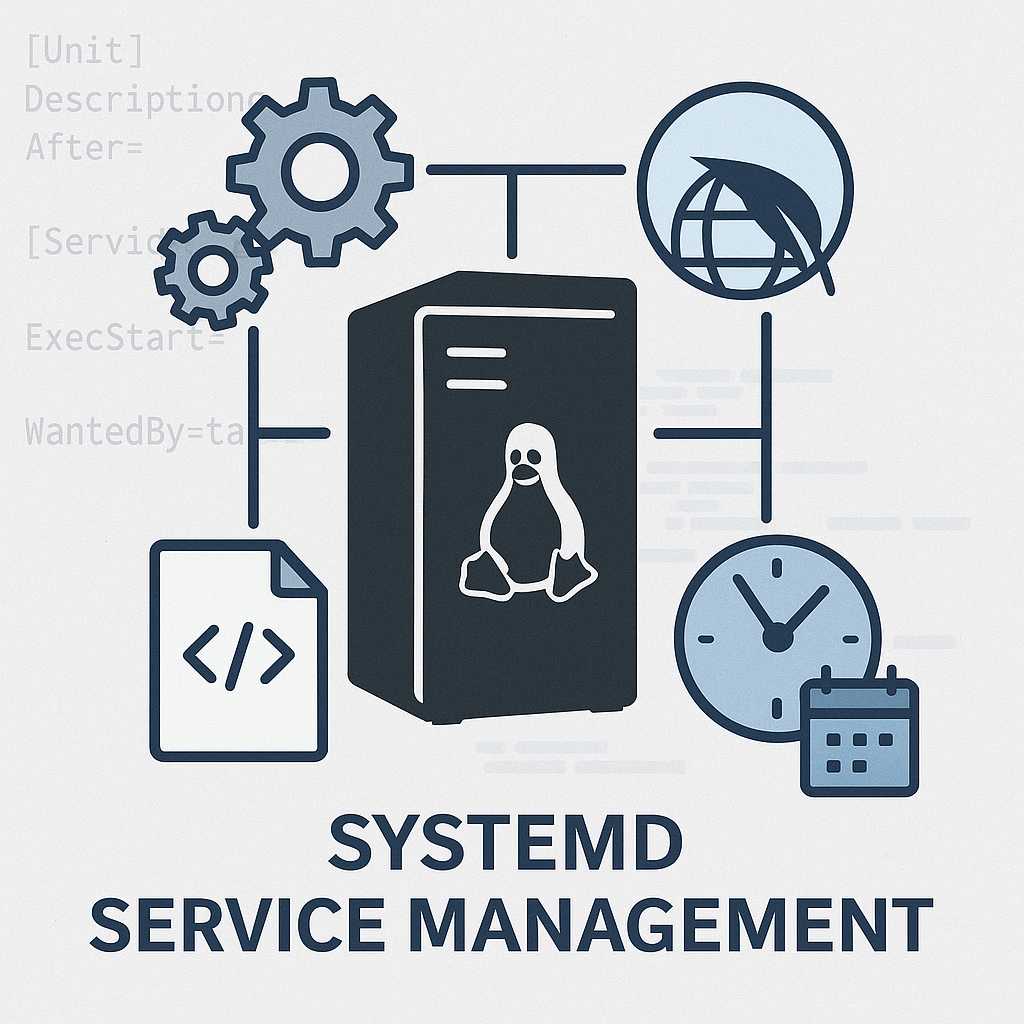
Managing Services, Scripts, and Timers with systemd on Linux
systemd is the standard system and service manager for most modern Linux distributions. It controls how services start, stop, and interact. Learning how to use systemd to manage services like Apache, custom scripts, and scheduled jobs (timers) can greatly improve the maintainability and reliability of your servers. Understanding systemd Units A unit is the basic…
-
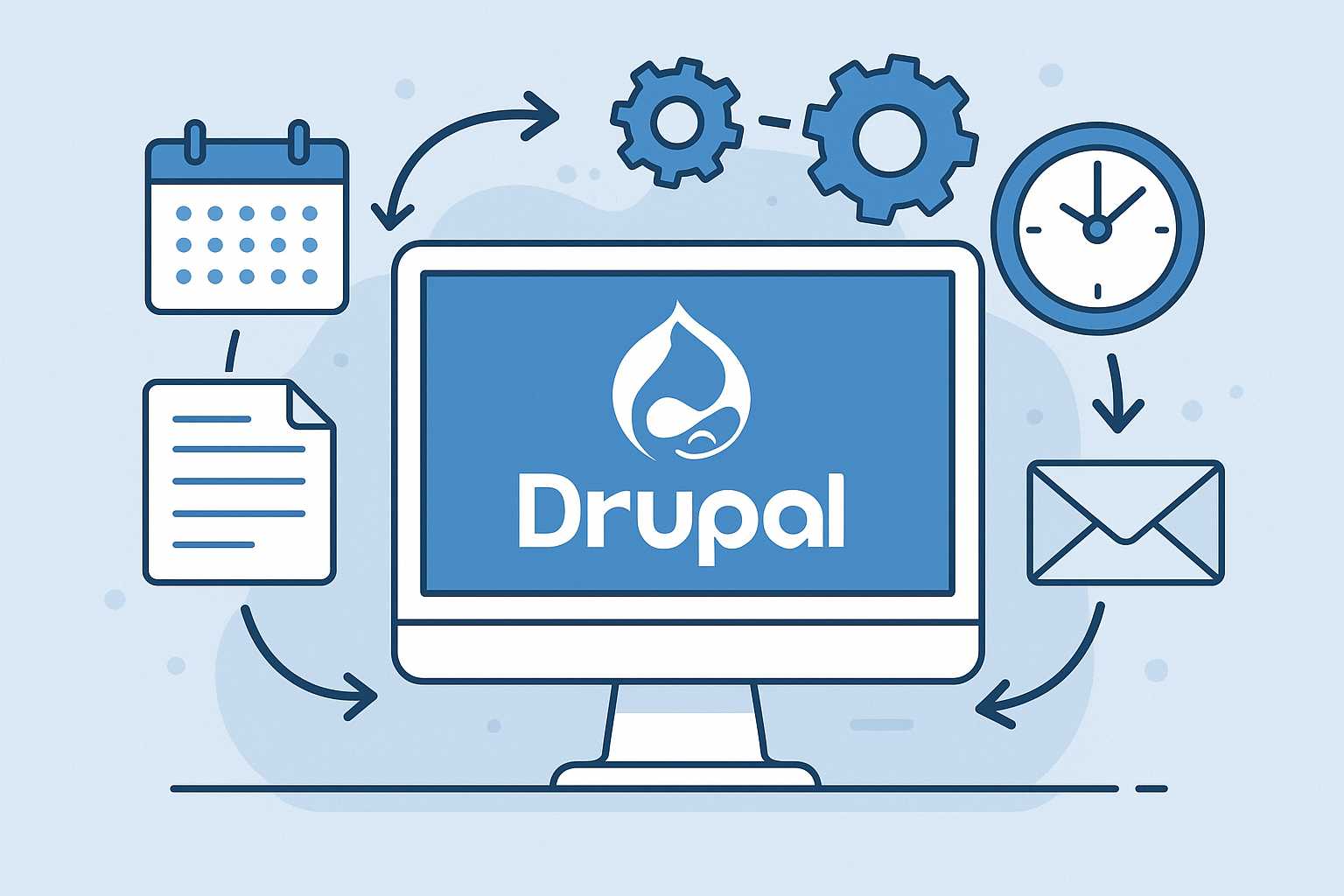
Automating Routine Tasks in Drupal with Scheduled Actions
If you’re a Drupal site builder or content manager, chances are you find yourself repeating certain administrative tasks—updating content statuses, sending notifications, or even clearing caches at regular intervals. While manual work gets the job done, automation can save hours over time. In this article, I’ll show you how to set up scheduled (cron-based) actions…
-

Optimizing WordPress Performance: Essential Strategies for Faster Sites
As a web developer specializing in WordPress, I often encounter sites that struggle with slow load times and unresponsive interfaces. In today’s article, I’ll share actionable strategies to optimize your WordPress website’s performance, improving both user experience and search rankings. 1. Choose Lightweight Themes and Plugins Heavy themes and overloaded plugins can dramatically slow your…
-

Optimizing Apache Web Server for Peak Performance
Apache, a widely-used web server software, is renowned for its flexibility and robust features. When configured correctly, Apache can handle vast numbers of requests with high efficiency. As a software engineer specializing in running Linux servers, I’ve spent considerable time optimizing Apache configurations to best serve web services. In this article, I’ll walk you through…
-

Networking WordPress Sites: A Comprehensive Guide to Multisite Configuration
In the dynamic world of WordPress development, the ability to efficiently manage multiple sites from a single dashboard is invaluable. This is where the WordPress Multisite feature comes into play. Networking WordPress sites together can bring numerous benefits, from streamlined administration to shared access to themes and plugins. In this article, we’ll delve into the…
